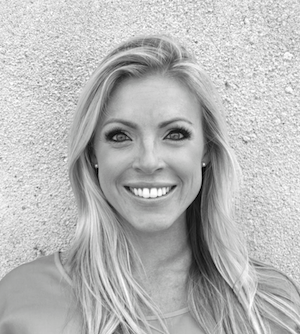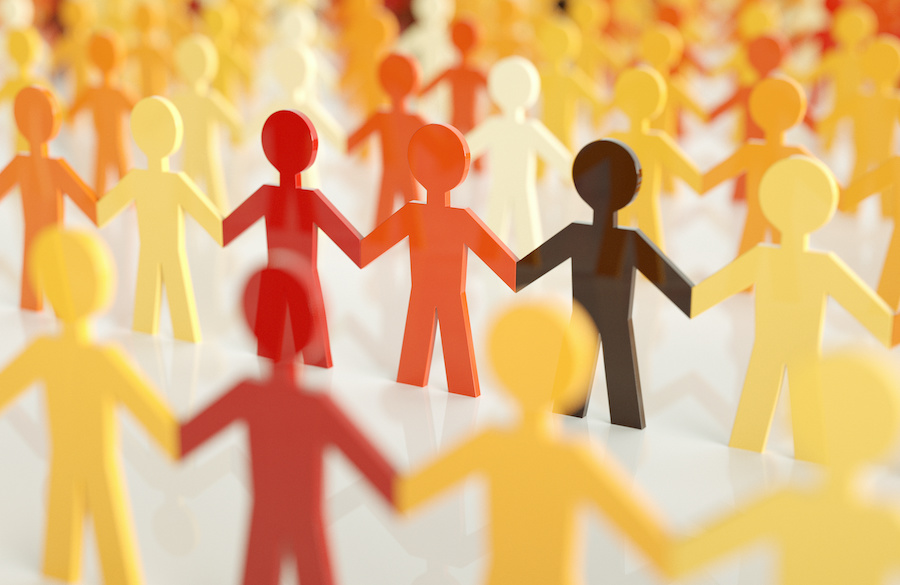Designing Common Language Around Well-Being
By Mark Mohammadpour, APR, Fellow PRSA and Elizabeth Candello, Ph.D.
June-July 2022
When there is a barrier to communication, what do we do?
When semantics get in the way of truly reaching our intended audience, what is our strategy?
As communicators we’ve learned to listen, use data, understand the attitudes, beliefs and needs of our audience to break down those barriers. We’re hired as the wordsmiths with the expectation messaging will change behaviors, reconcile differences, move mountains.
In the end, we know to use the same language as our audience to overcome communication barriers, i.e., semantics, cognitive dissonance, field of reference. Language will save the day.
But we’re losing at our own game. We as communicators can do better.
With five different generations working across our agencies and workplaces it seems we all use different language when approaching mental health and well-being. And why does it seem like generational differences are to blame?
Preliminary findings from our PR Well-being Index show Gen Z, also known as our entry-level colleagues, are taking control of their mental health, but consistent with previous research are seeking confidence in how to share with managers.
Indeed, according to a 2021 Deloitte report, “Millennials and Generation Z make mental health at work a priority, but too many employers are unaware of how much their employees and subordinates have been affected; only 38% of millennials and 35% of Gen Zers have spoken openly with their supervisors about their stress.”
To be sure, generational differences in the workplace does not mean boomers or Gen Xers work harder, it could just mean Gen Zers are working smarter — or rather working hard with a lot more stress and anxiety than their predecessors.
The question remains: Have you cultivated an environment in which your colleagues and teams are able to openly talk about mental health and well-being? Have you built trust and rapport among your team so they can maintain a healthy work life?
Our own generational worldviews may be getting in the way. Take this short quiz to find out where you rank. It could just help save you from sending a message to a recipient who views well-being much differently than you. Use the same language, they say.
The Generation Well-being Translator Quiz
Circle the answer that best represents you.
1. How do you feel when you receive an email from a colleague requesting a “mental health day”?
a. I use air quotes to mock them with my peers.
b. I acknowledge the request. But try to make them understand time away puts stressors on the rest of the team.
c. I trust my team and work to give them the space they need.
2. What are your thoughts when your team works remotely?
a. I’m certain my team works about 40 percent of the day and the rest is spent hanging out with their pets.
b. It takes time to email each of my team members, it would be nice if they were all in the office.
c. I trust my team will produce a clean product and in a timely manner. Time away from the office gives them the flexibility they need to stay healthy.
3. How do you talk about well-being with your team?
a. Never thought about it.
b. We’re a little busy at the moment. When Q4 is over, we’ll talk about it.
c. I share my own struggles and have an open-door policy with my team to share.
“Well-being Forebear” — if you answered mostly C’s.
You are speaking the same language. You acknowledge mental health and well-being are real factors affecting our newest professionals and working to understand their perspective will help build a happy, healthy and balanced team.
“Generational Grind Getting in the Way” — if you answered mostly B’s.
You think, “I never needed a day off so why do others all of a sudden need it?” It may feel like the workplace is getting soft, so to speak, but a lot has changed for workers.
There are stressors and increased anxieties that exist now due in part to social media and the Attention Economy. Not to mention what the pandemic has done to isolate some of our newest employees. It is time to apply some empathy and take a pause.
“Different Generational Page” — if you answered mostly A’s
It may be brutal to hear, but if you don’t evolve you risk becoming irrelevant. This may be a sign you need to take a moment to acknowledge mental health and well-being are not just the buzzwords du jour, but real factors affecting how your employees perform at work.
And in today’s world, your employees aren’t afraid to leave your company and join one that shows they care about their team members.




